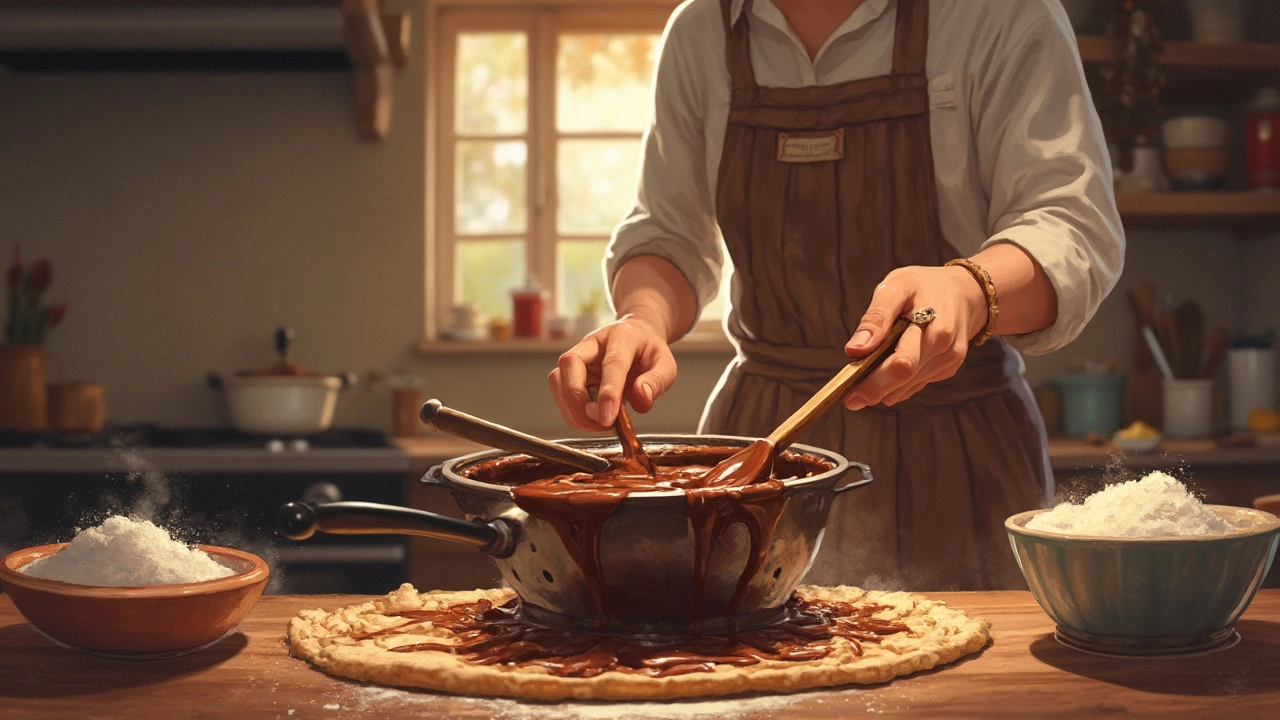Prevent Sugary Fudge and Keep It Smooth
If your fudge turns out gritty, overly sweet, or just not that creamy, you’re not alone. Most home bakers hit a snag at the soft‑ball stage, either cooking too long or letting the sugar crystalize. The good news? A handful of tweaks can save your batch before it hardens.
First thing’s first: temperature matters. Aim for the soft‑ball range, typically 235‑240°F (112‑115°C). Use a reliable candy thermometer and watch the liquid closely. Once you hit that window, remove the pot from heat instantly. Staying in the hot zone even a few seconds longer can push the fudge into the firm‑ball stage, making it grainy and overly sugary.
Control the Crystallization Process
Crystallization is the biggest culprit behind sugary fudge. After you take the pot off the burner, let the mixture sit undisturbed for about 5 minutes. This pause lets the sugar settle without forming large crystals. Then, stir gently with a wooden spoon until the fudge thickens and loses its glossy shine. Over‑stirring later on re‑induces crystal growth, so keep the motion slow and steady.
Another trick is to add a little corn syrup, glucose, or a pinch of cream of tartar. These ingredients interfere with sugar molecules lining up, which reduces the chance of a gritty texture. You don’t need much—just a teaspoon of corn syrup for a typical batch will do.
Mind Your Ingredients and Altitude
High‑altitude bakers often see fudge that’s too firm because water boils at lower temperatures. If you live above 3,000 feet, add an extra 1‑2°F to your target temperature and consider a slightly longer cooling period before stirring. Also, use fresh, high‑quality sugar and butter. Old sugar can clump, leading to a grainy finish.
Don’t forget the dairy factor. Full‑fat milk or heavy cream gives fudge its silky mouthfeel. Skimmed milk can make the final product dry and more prone to sugar crystallization. If you’re cutting calories, swap half the cream for low‑fat milk but keep the overall fat content at least 20% of the mixture.
Finally, store your fudge right. Once it’s set, wrap it tightly in parchment paper followed by a zip‑lock bag. Keep it in a cool, dry place, not the fridge, unless you live in a hot climate. Refrigeration can cause humidity to seep in, making the sugar surface sticky and overly sweet.
By watching the temperature, pausing before you stir, and tweaking a few ingredients, you’ll keep your fudge from turning sugary or grainy. Next time you whip up a batch, try these steps and enjoy that smooth, melt‑in‑your‑mouth texture you’ve been chasing.

How to Keep Fudge from Turning Sugary: The No-Fuss Guide
Nobody wants gritty fudge, but getting that perfectly smooth bite can be tricky. This article explains why fudge gets sugary, how to avoid it, and what really works in the kitchen. Discover proven tips and key mistakes people make. Finally, learn what to do if your fudge still sugars up, so you don’t have to toss the whole batch.
View More




